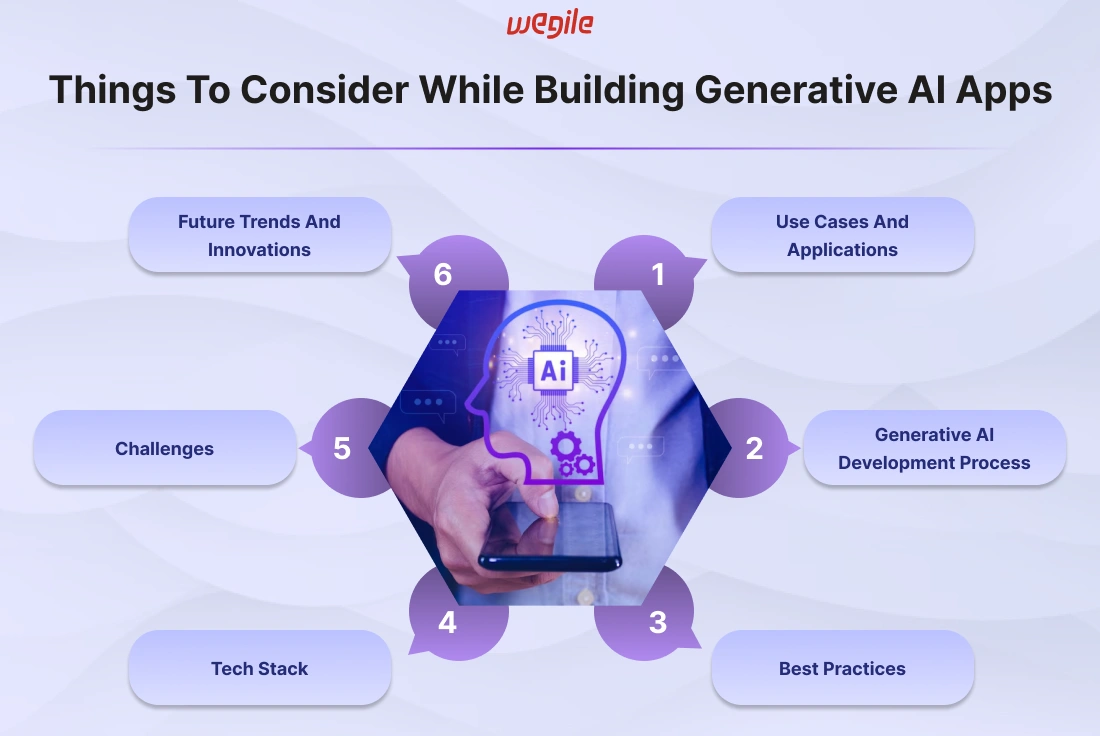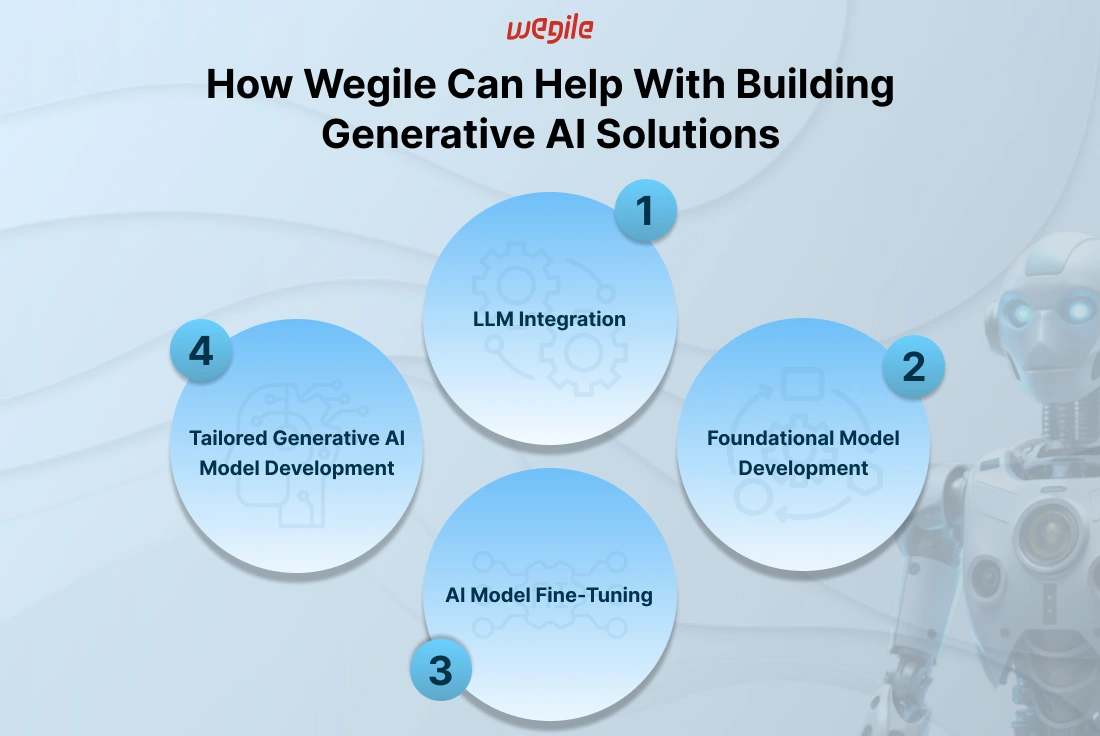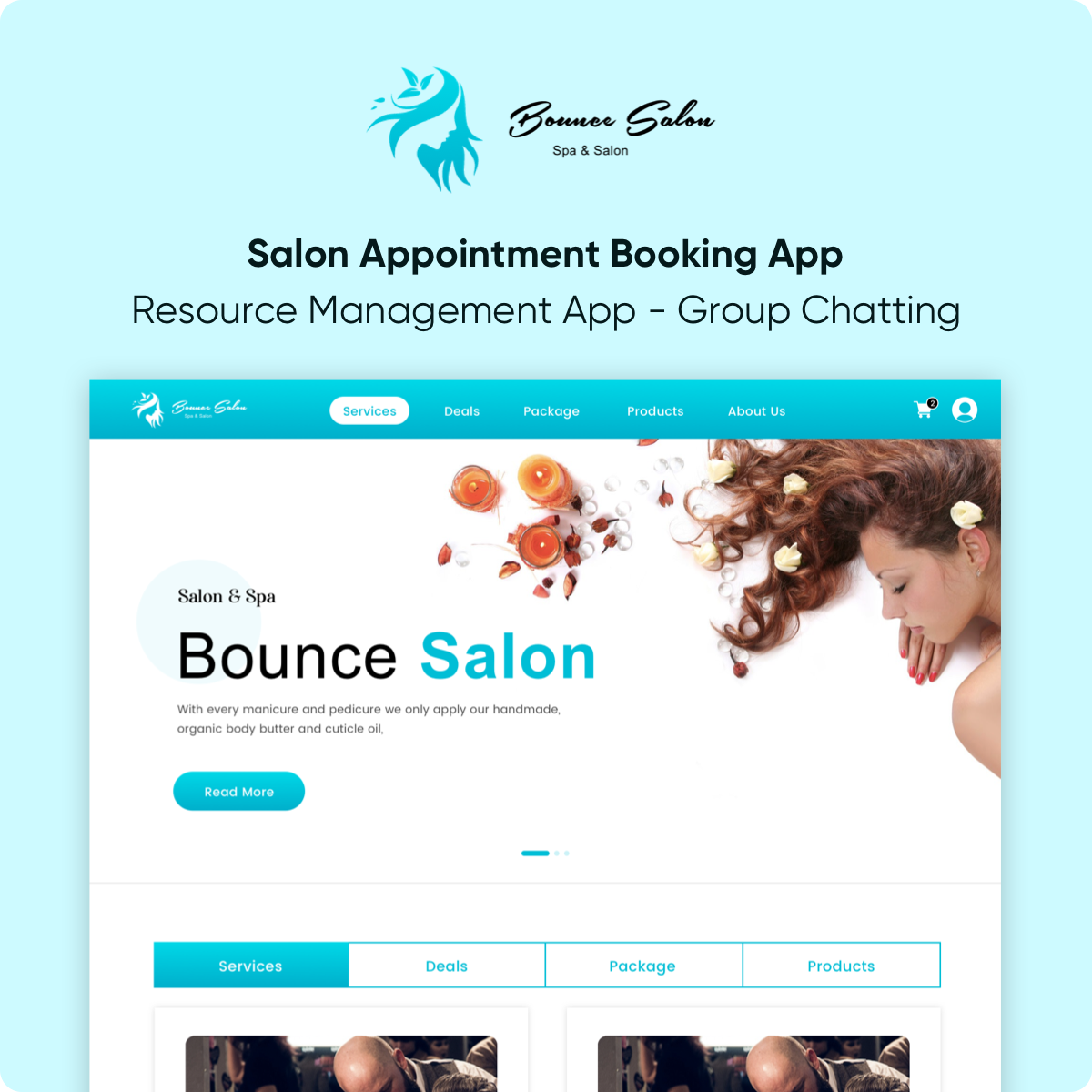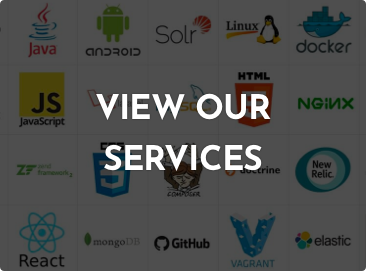Are you a bit overwhelmed by the complicated realm of generative AI? You're feeling a mix of enthusiasm and uncertainty because you're not quite sure about how to begin or which direction to go in. Building a generative AI solution can appear daunting and filled with technical hurdles if you don't have clear guidance. It's natural to have concerns about making mistakes, wasting time, or overlooking important aspects that could greatly enhance your solution. Well, you don't need to worry! This blog will walk you through 6 essential things you need to know to build a successful generative AI solution. Ready to turn your generative AI vision into reality? Let’s dive in and simplify the journey!

Generative AI is shaking things up in all sorts of industries. In healthcare, it’s making strides by speeding up drug discovery and personalizing treatments. Thanks to its ability to simulate molecular structures and predict outcomes. In entertainment, generative AI is a game-changer that creates lifelike graphics, music, and even scripts. This way, it gives the industry a whole new toolbox. Finance gurus are using it to detect fraud and model risk with synthetic data that mirrors real-life scenarios. Retailers are getting savvy, too. They’re using generative AI to whip up personalized marketing content just for you. And let’s not forget education. Generative AI is crafting custom learning experiences and adapting them to each student’s unique needs. These examples show just how versatile and powerful generative AI can be, opening up new opportunities everywhere. It’s important to get clarity on various applications of generative AI before you start building your app. To explore the use of Gen AI in more detail, read our insightful blog on its top use cases.
Building a generative AI solution is more than just a process—it’s an art and a science. It all starts with solid planning and gathering the right data. From there, it’s about training models to ensure they perform accurately and ethically. You need a good grasp of machine learning algorithms and data processing techniques to craft a generative AI model. The process doesn’t stop there. Continuous testing and tweaking keeps the model adaptable and effective. Looking to get an in-depth guide on building generative AI apps? Dive into our insightful blog that breaks down every step and offers practical tips along with expert insights.
Developing generative AI solutions is an exciting adventure, but sticking to best practices ensures smooth sailing. Start with a clear problem statement to keep your project on target. Gather diverse, high-quality data to train your models effectively. Ethics matter, and so make sure your AI pays crucial attention to privacy and avoids biases. Collaborate with domain experts to gain valuable insights and fine-tune your models. Test and validate your AI regularly to make certain it performs well in real-world scenarios. Finally, keep your models updated with new data to maintain their relevance and accuracy. Thus, following these best practices will allow you to create generative AI solutions that are both powerful and responsible.
Choosing the right technology is crucial for your generative AI project. The tech stack impacts everything from efficiency to scalability. Here’s a detailed rundown of what you need:
Frameworks and Libraries: TensorFlow, PyTorch, Keras, and Hugging Face Transformers offer robust tools for model development and training.
Development Environments and Tools: Jupyter Notebook, PyCharm, VS Code, and Anaconda make your development process smoother.
Programming Languages: Python is the go-to programming language. However, Java, R, and Julia possess their own special capabilities. To explore the top 5 programming languages, click here.
Model Training: Rely on TensorFlow, PyTorch, Keras, Scikit-learn, and XGBoost to whip your models into shape.
Deployment: Docker is used to seamlessly deploy your models.
Cloud Platforms: AWS, Google Cloud Platform, Microsoft Azure, and IBM Cloud provide scalable computing resources as per needs.
Data Management and Processing: Apache Spark, Apache Hadoop, Dask, and Apache Kafka are ideal tools for handling massive datasets.
Databases and Data Storage: MySQL, PostgreSQL, MongoDB, Redis, and Amazon S3 are essential tools for handling large datasets.
Visualization Tools: Matplotlib, Seaborn, Plotly, Tableau, and Power BI make your data look sharp and understandable.
Version Control and Collaboration: Git, GitHub, GitLab, Jenkins, CircleCI, and Travis CI keep your project organized and your team on the same page.
MLOps and Workflow Orchestration: MLflow, Kubeflow, Airflow, and Prefect streamline your machine learning operations.
Hardware Acceleration: GPUs, TPUs, and FPGAs supercharge your model training and inference.
Building generative AI solutions isn’t without its technical hurdles. Developers often face several challenges along the way. One major hurdle to overcome is ensuring the accuracy and reliability of the data we work with. If we input garbage, we can only expect to get garbage as output. Gathering a wide range of reliable data can be challenging. Training these models can be a resource hog as it requires robust hardware. Ethical concerns also loom large. It is critical to make certain your AI doesn’t develop biases or invade privacy. Model interpretability is another tricky area. Grasping and understanding AI decisions can pose a challenge. Lastly, staying abreast of fast-paced technological advancements can be equivalent to keeping up with the latest smartphone releases. We recommend reading our blog post on generative AI's challenges to better understand them. Here, you’ll also get insights on how to overcome them.
Generative AI is constantly evolving, and the future looks incredibly exciting. One hot trend is the rise of multimodal AI. This combines text, image, and audio data to create richer and more versatile models. Another innovation is the development of smaller and more efficient models that can run on edge devices to bring AI closer to users. Ethical AI is also gaining traction, with more focus on creating transparent and fair models. Additionally, the integration of generative AI with other technologies like blockchain is opening up new possibilities. Another exciting trend is creating more interactive and creative AI that can have complicated conversations and create original content.

Creating generative AI solutions isn't just about tech; it’s about having the right team behind you. At Wegile, we provide the expertise and support needed to transform your AI ideas into reality. Our experienced professionals are here to guide you through each stage of development, ensuring your project is a success from start to finish.
Imagine enhancing your system's ability to understand and generate human language. That’s what Large Language Models (LLMs) can do for you! With Wegile, you can seamlessly integrate these advanced models into your AI solutions. This will improve user interactions and make communication more intuitive. Our team ensures that the integration process is smooth to make certain that your applications leverage the full power of LLMs to provide better user experiences
Think of foundational models as the bedrock of your AI projects. At Wegile, we help you build strong, reliable models that can support the scalability and innovation of your AI solutions. We develop robust foundational models and set the stage for your AI systems to handle complex tasks and grow with your business. Further, our expertise ensures that generative models are ready for whatever the future holds, as we provide a solid base for continuous improvement.
Want your AI models to perform at their best? That’s where fine-tuning comes in. Wegile specializes in optimizing models to ensure they operate with peak performance and precision. We adjust and enhance your models to better fit specific tasks through meticulous fine-tuning. This results in improved accuracy, faster processing times, and overall better performance in real-world applications. It's like giving your AI a tune-up to keep it running smoothly and efficiently.
Artificial intelligence is a one-size-fits-all solution. That’s why Wegile customizes generative AI models to address your unique business challenges. Our tailored solutions are designed to improve operational efficiency and meet your specific needs. This ensures your AI models deliver real value. We focus on your particular requirements to develop generative AI models that solve your specific problems, enhance workflows, and drive innovation within your company.
And there you have it! We explored the 6 key things to know for building a successful generative AI solution. You’ll navigate the complexities of generative AI with confidence and clarity by considering all the things mentioned here. Embrace the excitement, stay curious, and continue to explore new possibilities. Every step you take toward developing generative AI solutions will bring you closer to unleashing its full potential to your advantage. So, let's dive in towards creating exceptional solutions, shall we? The world of generative AI is waiting for you to make your mark! If you need expert guidance, Wegile’s generative AI development services are here to help. Let us help you transform your vision into reality. Reach out to Wegile today and take the next step in your generative AI journey!


 Browse Our Services
Browse Our Services
